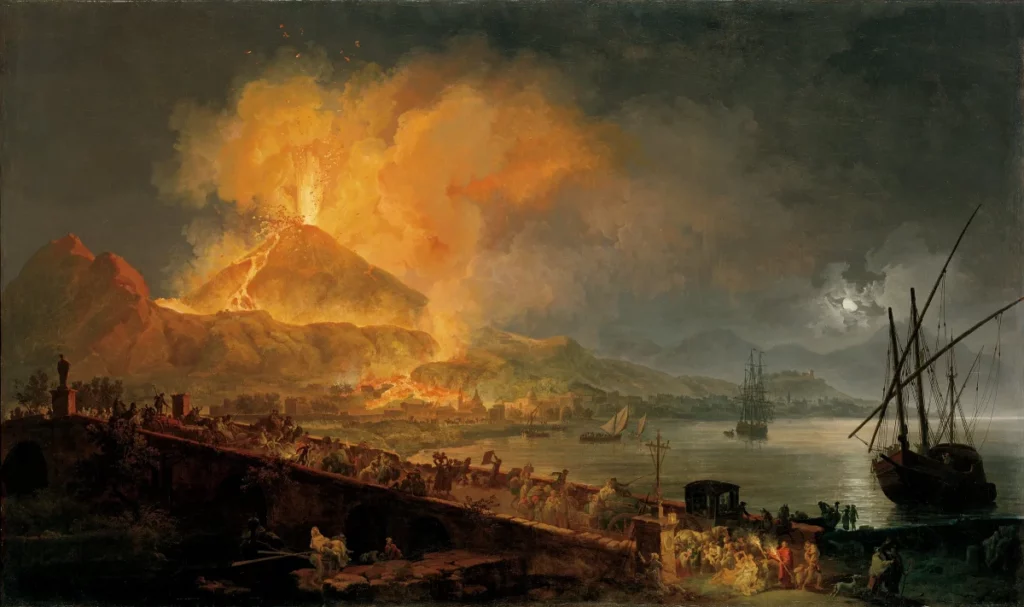
Jerash in Jordan was once one of the trading centers of the Jordan region. The city fell in the fourth century BC. At that time, however, local people lived here, then the city came under the control of the Greeks. In the course of time, it also came into the hands of the Romans. Christianity began to spread in the region in the 3rd and 4th AD. The Golden Age of Jerash began in the sixth century under the Roman Emperor Justinian. Then the city almost disappeared during the Crusades. Around 1878, Jerash was depopulated by a natural disaster.
This history heard from the travel guide Yasir for so long was also seen in a plaque. I blinked there and moved forward. A huge gate became visible. This gate was built in 129 AD to commemorate the arrival of the Roman Emperor Hadrian (76 to 138 AD) in Jerash. Also saw Hadrian’s Gate in Turkey. After crossing this gate, we see the Hippodrome Arch. Like the gallery of the stadium and the chariot race or chariot race inside. Small houses around outside. The guide said these were markets.
Then a long walk. The heat of the sun is piercing. Moving quite slowly. I can see another gate from a distance. This is the main entrance to the city of Jerash, known as the South Gate. Enter through the gate and see the temple of the Greek-Roman god Zeus on the hill on the left. Renovations are underway.
Passing the Temple of Zeus, the oval-shaped stone square called the Oval Plaza came into view. It was the meeting place of the townspeople. Showing the square stones there, Yasir said, the small stone blocks are from the Greek period and the big stone blocks are from the Roman period. The Jordanian flag flies in the Oval Plaza. It is also called Forum Cardo. There are 24 columns on the east side and 35 columns on the west side of this square.
Again a straight path from the Oval Plaza. But as the guide goes to the left, the eyes widen. A huge Roman theater. It is intact. Upon entering the theater two men dressed in Bedouin clothing began playing pipes. High gallery made of big stones. stone platform Open space in front of the stage. Entrance on one side, green room on the other. I heard that even the audience sitting at the end of the gallery could hear if he spoke from the stage. I was shocked to investigate it.
I left the Roman theater and took the opposite route. The destination is the Temple of Goddess Artemis. I also saw the temple of Artemis in Turkey, but completely destroyed. The reason for my eagerness to visit the temple of Artemis is that the goddess of Greek mythology is a name I know. As a student of English literature, Artemis came up many times in the Greek and Roman Classics in Translation course.
The goddess of the hunnt, virginity, childbirth, wild creatures, and the wilderness was named Artemis. This Artemis is called Diana by the Romans. Almost all Greek gods and goddesses have different Roman names. The entire city of Jerash can be seen from this temple. After the destruction, the newly built city had a great panoramic view all around.
From the temple of Artemis, I went through the north gate and stood on the main road of the city of Jerash. The name is Cardo Maximus. Greek ‘cardia’ means ‘heart’. This is where the word ‘cardiology’ comes from in the modern world. This path is made in such a way that two chariots can move side by side. There were walkways on both sides of the road. Understandably, like the modern city of the 21st century, there were markets along the roads.
After some distance, the ruins of a church came into view. Yasir said this is St. Mary’s church. Next door is Jerash’s largest church, St. Theodore. Then I saw another structure. It is a nymphaeum (artificial fountain, in the water of which waterbirds danced and sang). Dedicated to the Greek goddess Nymphs, the fountain was built in 141 AD.
All over the Cardo Maximus are stone paths, stone structures, and huge stone blocks. Every stone here has a history, I wanted to know all the history. But how is that possible in this momentary journey?
I walked slowly back to the Oval Plaza, then crossed the south gate and looked back again and again. I felt as if I was leaving, what remained. This feeling is not new to me. At the end of every archeology trip, it seems like this. Approaching Hadrian’s Gate, we turned back and took a last look at the city of Jerash.